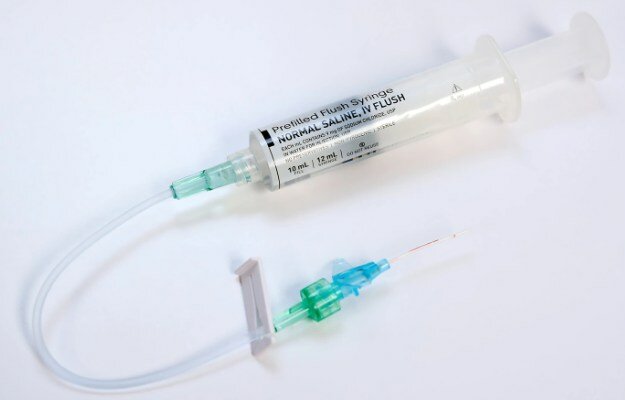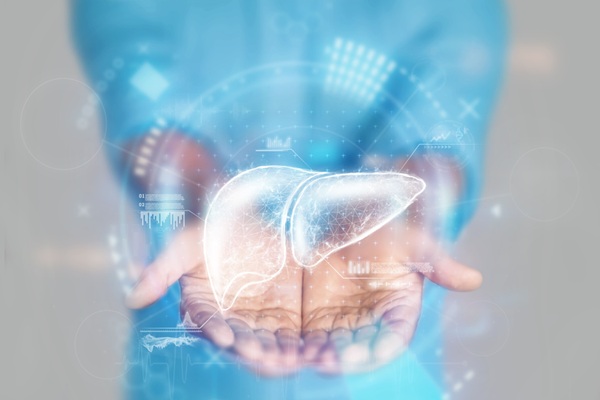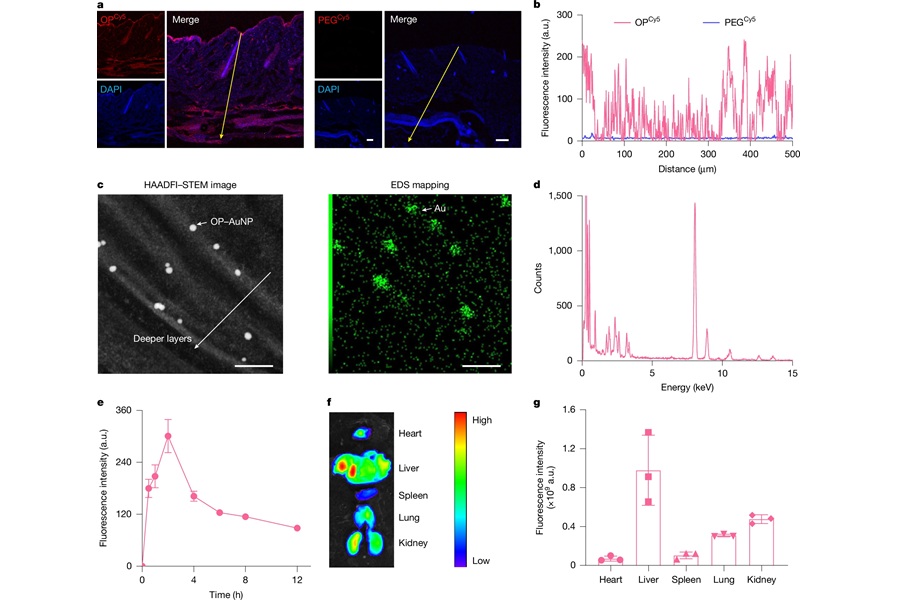Resorbable Scaffold Promotes Spinal Cord Injury Healing
|
By HospiMedica International staff writers Posted on 14 May 2018 |

Image: The Neuro-Spinal scaffold (Photo courtesy of InVivo Therapeutics).
A novel bioresorbable polymer scaffold placed within a spinal cord injury (SCI) site provides structural support to the spared spinal tissue, and a supportive matrix to facilitate endogenous repair processes.
The InVivo Therapeutics (Cambridge, MA, USA) Neuro-Spinal scaffold is a highly porous device designed to mitigate tissue damage resulting from some of the critical patho-physiological events that occur during the acute phase of SCI, including increase in tissue pressure, hemorrhage, and edema. The scaffold is composed of two biocompatible, bioresorbable polymers, Polylactic-co-glycolic acid (PLGA) and Poly-L-Lysine (PLL), a positively charged polymer conducive to cellular attachment and neurite outgrowth.
The scaffold is trimmed and fitted in the epicenter of the SCI, where it modulates the healing process by providing biocompatible and cellular-adhesive appositional healing, similar to the function of sutures or a butterfly bandage in a skin laceration. It then degrades over several weeks. A study that examined the objective performance of the scaffold in 19 SCI patients showed conversion from complete paraplegia to incomplete injury within six months in 44% of the patients, exceeding the 25% conversion criterion. The study was presented at the American Association of Neurological Surgeons (AANS) annual meeting, held during May 2018 in New Orleans (LA, USA).
“At the time of stabilization surgery, a decompression laminectomy was done at the site of injury and the maximal damage was determined by ultrasonography,” said study presenter Stuart Lee, MD, of Vidant Health (Greenville, NC, USA). “Surgeons exposed the contusion through durotomy/myelotomy, used gentle irrigation to remove the necrotic tissue, and exposed the intramedullary cavity. As a side note, this gave us an opportunity to look at the pathology of acute SCI in humans, something that is generally only possible at autopsy.”
Large, multinational natural history databases consistently indicate that only 12-16% of subjects with complete thoracic injury will convert to an improved American Spinal Injury Association Impairment Scale (AIS) grade by six months after injury.
Related Links:
InVivo Therapeutics
The InVivo Therapeutics (Cambridge, MA, USA) Neuro-Spinal scaffold is a highly porous device designed to mitigate tissue damage resulting from some of the critical patho-physiological events that occur during the acute phase of SCI, including increase in tissue pressure, hemorrhage, and edema. The scaffold is composed of two biocompatible, bioresorbable polymers, Polylactic-co-glycolic acid (PLGA) and Poly-L-Lysine (PLL), a positively charged polymer conducive to cellular attachment and neurite outgrowth.
The scaffold is trimmed and fitted in the epicenter of the SCI, where it modulates the healing process by providing biocompatible and cellular-adhesive appositional healing, similar to the function of sutures or a butterfly bandage in a skin laceration. It then degrades over several weeks. A study that examined the objective performance of the scaffold in 19 SCI patients showed conversion from complete paraplegia to incomplete injury within six months in 44% of the patients, exceeding the 25% conversion criterion. The study was presented at the American Association of Neurological Surgeons (AANS) annual meeting, held during May 2018 in New Orleans (LA, USA).
“At the time of stabilization surgery, a decompression laminectomy was done at the site of injury and the maximal damage was determined by ultrasonography,” said study presenter Stuart Lee, MD, of Vidant Health (Greenville, NC, USA). “Surgeons exposed the contusion through durotomy/myelotomy, used gentle irrigation to remove the necrotic tissue, and exposed the intramedullary cavity. As a side note, this gave us an opportunity to look at the pathology of acute SCI in humans, something that is generally only possible at autopsy.”
Large, multinational natural history databases consistently indicate that only 12-16% of subjects with complete thoracic injury will convert to an improved American Spinal Injury Association Impairment Scale (AIS) grade by six months after injury.
Related Links:
InVivo Therapeutics
Latest Surgical Techniques News
- Novel Endoscopy Technique Provides Access to Deep Lung Tumors
- New Study Findings Could Halve Number of Stent Procedures
- Breakthrough Surgical Device Redefines Hip Arthroscopy
- Automated System Enables Real-Time "Molecular Pathology" During Cancer Surgery
- Groundbreaking Procedure Combines New Treatments for Liver Tumors
- Ablation Reduces Stroke Risk Associated with Atrial Fibrillation
- Optical Tracking Method Identifies Target Areas in Robot-Assisted Neurosurgery
- General Anesthesia Improves Post-Surgery Outcomes for Acute Stroke Patients
- Drug-Coated Balloons Can Replace Stents Even in Larger Coronary Arteries
- Magnetic Kidney Stone Retrieval Device Outperforms Ureteroscopic Laser Lithotripsy
- Absorbable Skull Device Could Replace Traditional Metal Implants Used After Brain Surgery
- Magic Silicone Liquid Powered Robots Perform MIS in Narrow Cavities
- 'Lab-on-a-Scalpel' Provides Real-Time Surgical Insights for POC Diagnostics in OR
- Biodegradable Brain Implant Prevents Glioblastoma Recurrence
- Tiny 3D Printer Reconstructs Tissues During Vocal Cord Surgery
- Minimally Invasive Procedure for Aortic Valve Disease Has Similar Outcomes as Surgery
Channels
Critical Care
view channel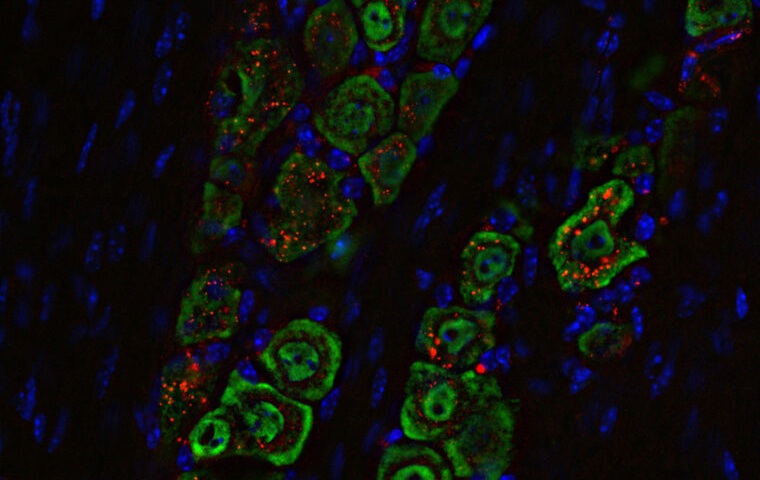
Nasal Drops Fight Brain Tumors Noninvasively
Glioblastoma is one of the most aggressive and fatal brain cancers, progressing rapidly and leaving patients with very limited treatment options. A major challenge has been delivering effective therapies... Read more
AI Helps Optimize Therapy Selection and Dosing for Septic Shock
Septic shock is a life-threatening complication of sepsis and remains a leading cause of hospital deaths worldwide. Patients experience dangerously low blood pressure that can rapidly lead to organ failure,... Read more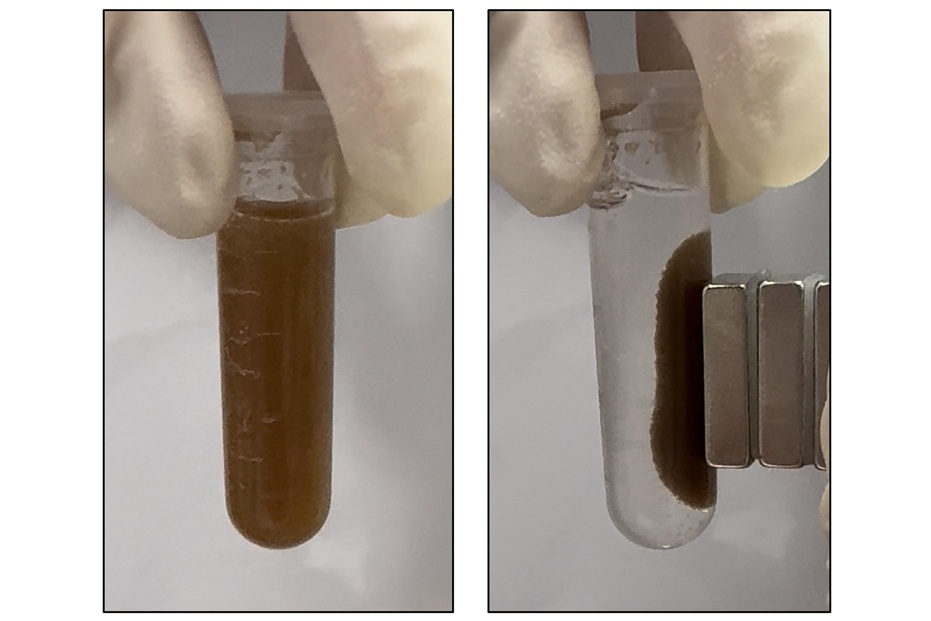
Glowing Bacteria ‘Pills’ for Detecting Gut Diseases Could Eliminate Colonoscopies
Diagnosing gastrointestinal diseases such as colitis and colorectal cancer often relies on colonoscopy, an invasive procedure that many patients avoid despite ongoing symptoms like bleeding, cramping, and diarrhoea.... Read morePatient Care
view channel
Revolutionary Automatic IV-Line Flushing Device to Enhance Infusion Care
More than 80% of in-hospital patients receive intravenous (IV) therapy. Every dose of IV medicine delivered in a small volume (<250 mL) infusion bag should be followed by subsequent flushing to ensure... Read more
VR Training Tool Combats Contamination of Portable Medical Equipment
Healthcare-associated infections (HAIs) impact one in every 31 patients, cause nearly 100,000 deaths each year, and cost USD 28.4 billion in direct medical expenses. Notably, up to 75% of these infections... Read more
Portable Biosensor Platform to Reduce Hospital-Acquired Infections
Approximately 4 million patients in the European Union acquire healthcare-associated infections (HAIs) or nosocomial infections each year, with around 37,000 deaths directly resulting from these infections,... Read moreFirst-Of-Its-Kind Portable Germicidal Light Technology Disinfects High-Touch Clinical Surfaces in Seconds
Reducing healthcare-acquired infections (HAIs) remains a pressing issue within global healthcare systems. In the United States alone, 1.7 million patients contract HAIs annually, leading to approximately... Read moreHealth IT
view channel
EMR-Based Tool Predicts Graft Failure After Kidney Transplant
Kidney transplantation offers patients with end-stage kidney disease longer survival and better quality of life than dialysis, yet graft failure remains a major challenge. Although a successful transplant... Read more
Printable Molecule-Selective Nanoparticles Enable Mass Production of Wearable Biosensors
The future of medicine is likely to focus on the personalization of healthcare—understanding exactly what an individual requires and delivering the appropriate combination of nutrients, metabolites, and... Read moreBusiness
view channel
Philips and Masimo Partner to Advance Patient Monitoring Measurement Technologies
Royal Philips (Amsterdam, Netherlands) and Masimo (Irvine, California, USA) have renewed their multi-year strategic collaboration, combining Philips’ expertise in patient monitoring with Masimo’s noninvasive... Read more
B. Braun Acquires Digital Microsurgery Company True Digital Surgery
The high-end microsurgery market in neurosurgery, spine, and ENT is undergoing a significant transformation. Traditional analog microscopes are giving way to digital exoscopes, which provide improved visualization,... Read more
CMEF 2025 to Promote Holistic and High-Quality Development of Medical and Health Industry
The 92nd China International Medical Equipment Fair (CMEF 2025) Autumn Exhibition is scheduled to be held from September 26 to 29 at the China Import and Export Fair Complex (Canton Fair Complex) in Guangzhou.... Read more







